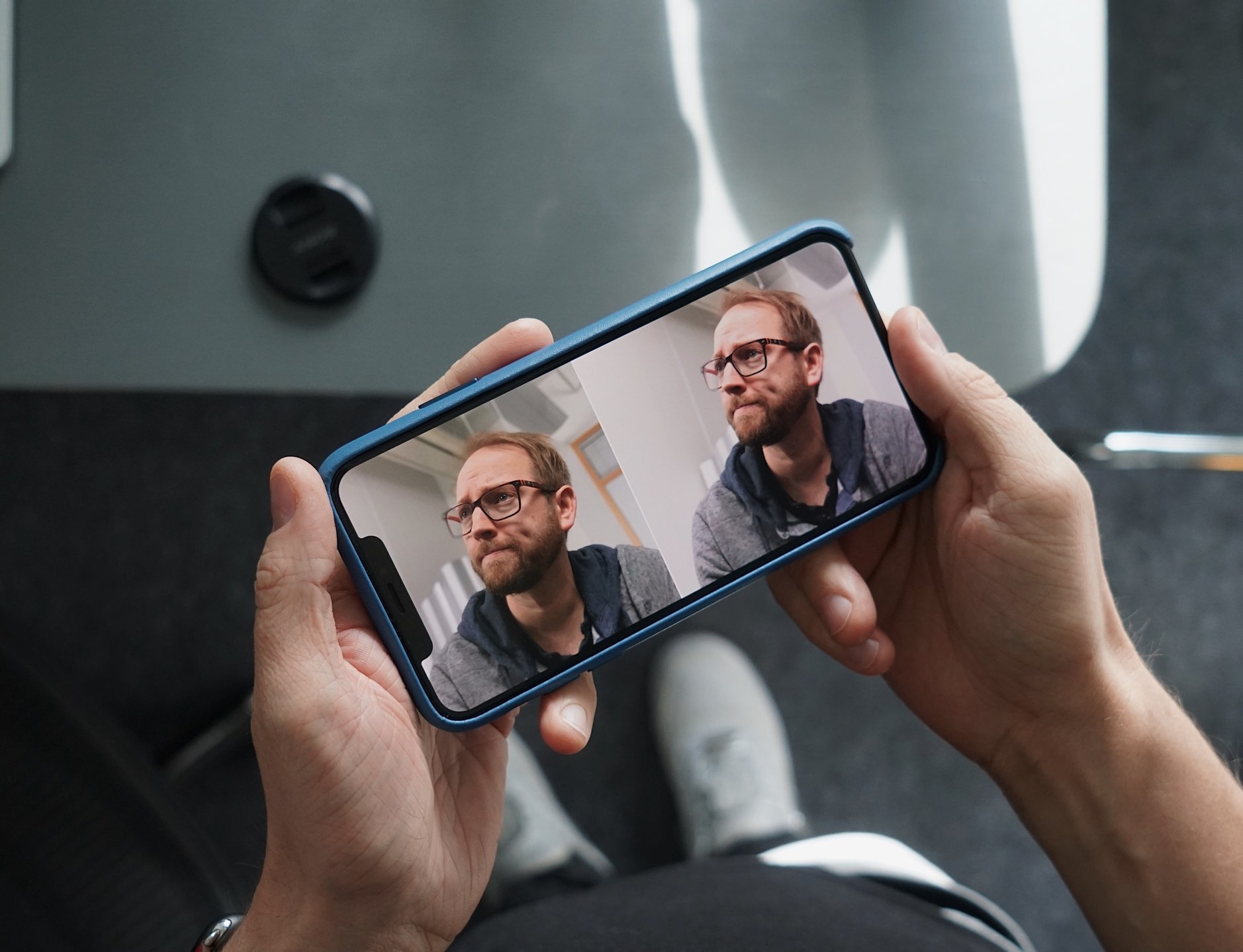„iPhone XS: Why It’s A Whole New Camera”

The iPhone XS merges exposures and reduces the brightness of the bright areas and reduces the darkness of the shadows. The detail remains, but we can perceive it as less sharp because it lost local contrast. In the photo above, the skin looks smoother simply because the light isn’t as harsh.
Observant people noticed it isn’t just skin that’s affected. Coarse textures and particularly anything in the dark— from cats to wood grain— get a smoother look. This is noise reduction at work. iPhone XS has more aggressive noise reduction than previous iPhones. […]
The tradeoff is that selfies, which traditionally are worse in mixed or harsh lighting (the majority of lighting!) are now no longer blown out, and in most cases it just looks better, if just a little on the smooth side.
The good news is that Apple can also tweak this a bit if people find it too heavy-handed, but given it’s a simple choice between unflattering lighting and noise versus too much smoothness, it’s logical for version 1.0 to err on the side of smoothness.
#Beautygate? Ja, nee.
Neben der verständlichen Erklärung für ‚computational photography‘ im iPhone XS (Max) wirft der Artikel im zweiten Teil ein Licht auf die wilde Zukunft für RAW-Fotografie. Das iPhone XS (Max) überbelichtet Fotos – auch die, die im RAW-Format geknipst werden. Jede iOS-Kamera-App, die diese Foto-Option anbietet, wird sich darauf einstellen müssen. Halide (6.99 €) will seinen Vorschlag – „Smart RAW” – mit einem Update noch in dieser Woche zeigen.